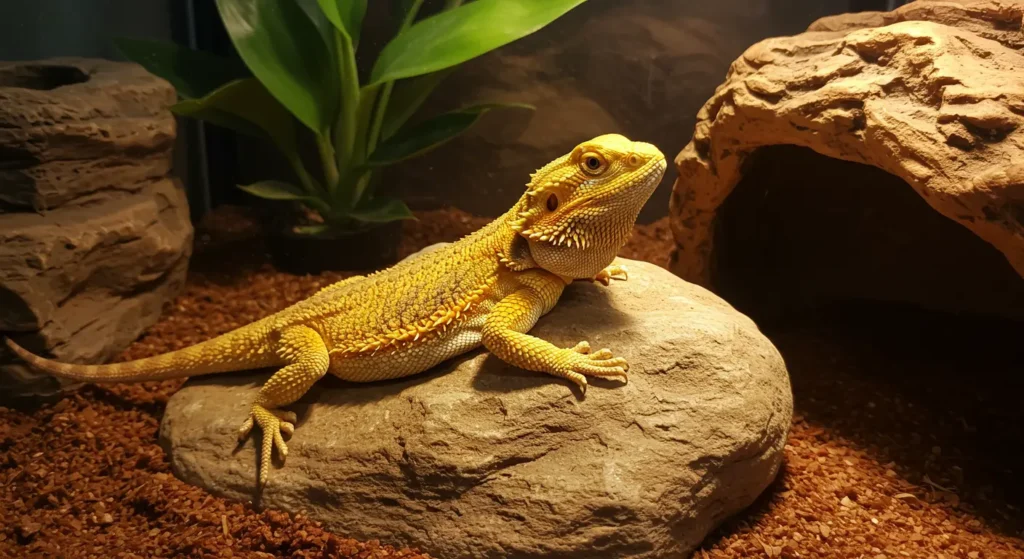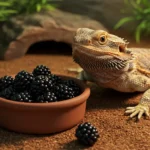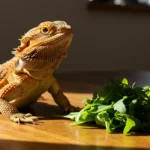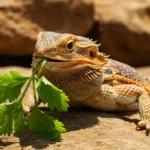Bearded Dragon Morphs are one of the most fascinating aspects of owning these incredible reptiles. While all bearded dragons share the same species — most commonly Pogona vitticeps — morphs refer to the unique colorations, scale textures, and patterns that set each individual apart. From vibrant oranges and yellows to completely patternless, ghost-like varieties, Bearded Dragon Morphs showcase the beauty and complexity of selective breeding.
Whether you’re a new reptile enthusiast or an experienced breeder, understanding the different Bearded Dragon Morphs can help you choose the right dragon, appreciate rare traits, and even explore ethical breeding practices. In this guide, we’ll take a closer look at 20 of the most popular, rare, and visually stunning morphs—with detailed descriptions and photos to help you identify them with confidence.
What Are Bearded Dragon Morphs and How Do They Affect Appearance?
Bearded dragon morphs are fascinating variations in color, pattern, and physical traits that make each reptile unique. These genetic differences influence not only their appearance but also their popularity among pet owners and breeders alike. Understanding morphs helps you appreciate the diversity and beauty within the species.
Genetic Traits Behind Bearded Dragon Colors and Patterns
Bearded dragon morphs arise from specific genetic traits passed down through selective breeding. Breeders carefully pair dragons to emphasize certain colors, patterns, or scale textures. These traits come from variations in genes that control pigmentation and skin structure. For example, some morphs reduce melanin, resulting in lighter or hypo-colored dragons. Others affect the scale layout, creating patterns like stripes or spots. Understanding gene expression is key to predicting how offspring will look. This genetic knowledge helps breeders produce beautiful and unique morphs that appeal to collectors and pet owners.
Species vs Morphs: Understanding the Real Difference
It’s important to know that bearded dragon morphs are not different species. The scientific name Pogona vitticeps refers to one species—the central bearded dragon. Morphs are simply color and pattern variations within this species. Think of morphs as different “styles” or “colorways” rather than entirely new animals. Species, on the other hand, are groups of reptiles with distinct biological differences. All morphs share the same species traits but differ visually. This distinction helps hobbyists understand breeding practices and care requirements better.
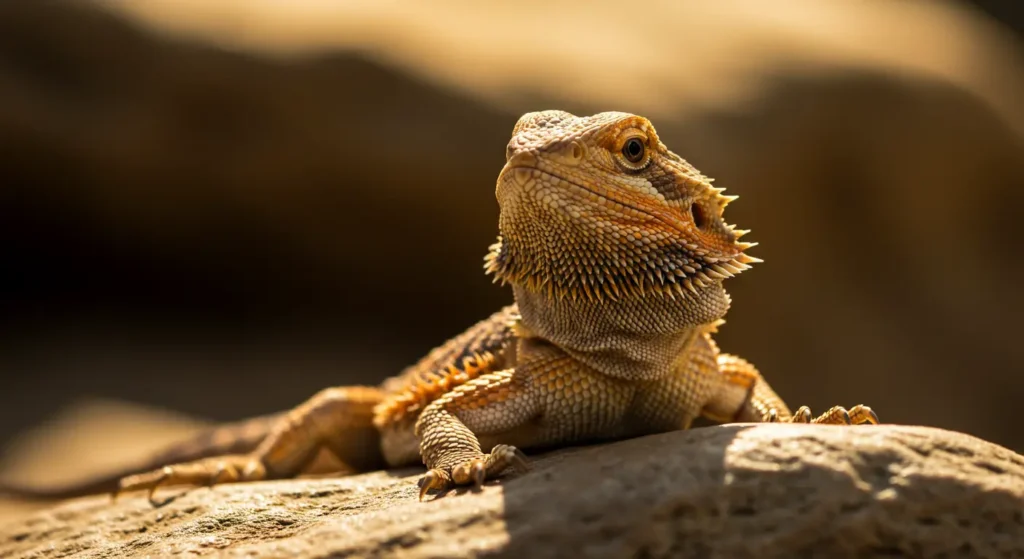
Why Bearded Dragon Variants Are Popular Among Reptile Owners
Bearded dragon morphs attract reptile enthusiasts due to their striking colors and patterns. Many owners seek unique or rare morphs to stand out from the crowd. The variety adds excitement to reptile keeping and breeding. Some morphs also carry higher value in the pet market because of their rarity or beauty. Beyond looks, morphs can inspire curiosity about genetics and responsible breeding. This popularity fuels ongoing interest and innovation within the bearded dragon community.
Popular Bearded Dragon Morph Types with Stunning Color Variations
Bearded dragons come in a wide range of popular morph types, each with stunning color variations and unique visual traits. These variations make every dragon visually distinct and fascinating to reptile enthusiasts. Exploring these common morphs helps you appreciate the diversity within this species.
Hypo Morph (Reduced Pigmentation and Soft Colors)
The hypo morph is known for its pale colors and soft appearance. This morph has reduced melanin, the pigment responsible for darker colors. As a result, hypo dragons often display lighter shades like cream, yellow, or peach. Their gentle tones give them a calm and delicate look. Because of their unique coloring, hypo morphs are highly popular with pet owners who want a visually striking but subtle dragon. These dragons can vary in pattern, but their light pigmentation always stands out.
Translucent Morph (Blue Belly and Clear Skin Traits)
Translucent morphs have a semi-transparent quality, especially when young. Their skin appears clear or slightly see-through in certain areas, often revealing a bluish tint on their belly. This unique look gives them an almost glowing effect under light. As they mature, the translucency may fade but remains a defining trait. Translucent dragons are especially prized for their unusual and delicate appearance. This morph requires special care since their skin can be more sensitive than other types.
Dunner Bearded Dragons (Reversed Scale Patterns)
Dunner morphs are best known for their distinctive reversed scale patterns. Instead of the usual arrangement, the scales on their backs and tails appear in a unique texture and layout. Tail spotting is a common feature, adding to their visual appeal. The altered scale texture often gives these dragons a rougher or bumpy look. This morph stands out among collectors due to its unusual appearance and tactile difference. Dunner dragons are healthy and thrive under normal care but are always a conversation starter.
Citrus Morph (Vibrant Yellow-Orange Coloration)
The citrus morph is famous for its bright yellow and orange hues. This vibrant coloration gives the dragon a lively and energetic appearance. Often favored by beginners, citrus morphs are visually striking without being overly rare or expensive. Their warm tones make them stand out in any collection. In addition to their color, citrus dragons typically have strong health and easy care requirements, making them ideal for new reptile owners.
Rare Bearded Dragon Morphs with Unique Genetic Traits
Some bearded dragon morphs are rare and prized for their unique genetic variations. These uncommon morphs show striking colors and patterns that you won’t see every day. Exploring these rare types reveals the fascinating world of reptile genetics and breeding challenges.
Zero Morph (No Pattern, Albino-Like Look)
The zero morph is one of the rarest bearded dragons. It lacks patterns and has an albino-like, ghostly appearance. Its skin is very light, often almost white or pale cream. This morph is highly sought after by collectors because of its unique look. Zero morphs require careful breeding to maintain their delicate traits. They can be sensitive to light due to their reduced pigmentation. Their striking, almost ethereal look makes them stand out in any collection.
Witblits Morph (Gray Morph with Muted Tones)
Witblits morphs are known for their smooth, muted gray coloring. They have very little patterning, giving them a clean and subtle appearance. This morph’s understated beauty is prized by many reptile enthusiasts. Witblits dragons often appear calm and elegant due to their soft tones. Their low-contrast colors make them unique among more brightly colored morphs. Like other morphs, they require standard care but draw attention because of their distinct look.
Paradox Morph (Random Color Splotches and Unexpected Traits)
Paradox morphs are genetic anomalies with unpredictable color patterns. Their skin shows random splotches or patches of various colors. No two paradox morphs look exactly alike. This makes them highly interesting to breeders and collectors. The unpredictable traits result from unusual gene expression during development. Paradox dragons can be vibrant or muted, with color mixes that surprise even experts. Their rarity and uniqueness make them some of the most fascinating bearded dragons.
What Impacts Bearded Dragon Morph Prices and Demand?
Bearded dragon morph prices vary widely based on several key factors. Understanding what drives demand and cost can help buyers make informed decisions. From rarity to breeding challenges, these elements shape the market value of each morph.
Morph Rarity and Market Value in the Reptile Trade
The rarity of a morph strongly affects its market value. When a morph is hard to find, collectors and breeders are willing to pay more. Supply and demand create price fluctuations. Common morphs usually cost less because they are easy to breed. Rare morphs with unique traits often have higher prices due to limited availability. This dynamic drives the reptile trade and influences how much buyers expect to pay.
Breeding Challenges for Complex Morphs
Some morphs are harder to produce because of genetic complexity. Breeders must carefully select parents with specific traits. This requires knowledge, time, and patience. Certain genetic combinations have low success rates. For example, morphs involving recessive genes or multiple traits take more effort. These challenges raise the cost of rare morphs. Breeders invest extra care to maintain healthy lines while producing unique dragons. If you’re breeding or caring for morphs, you also need to consider their dietary needs — here’s a vet-backed guide to what insects bearded dragons can eat daily.
Health Risks of Silkback and Scaleless Bearded Dragons
Silkback and scaleless morphs look striking but come with special care needs. Their lack of scales makes them more sensitive to injury and dehydration. These dragons require a carefully controlled environment to stay healthy. Owners must monitor humidity, temperature, and skin condition closely. Due to these risks, silkback and scaleless morphs can be more expensive and demand experienced care. Potential buyers should be aware of these challenges before choosing such morphs.
Choosing the Best Bearded Dragon Morph for Your Lifestyle
Choosing the best bearded dragon morph depends on your lifestyle and care level. Different morphs have varying needs, making some better suited for beginner pet owners. Understanding these differences helps you pick the perfect dragon for your home.
Beginner-Friendly Morphs vs High-Maintenance Variants
Some bearded dragon morphs are ideal for beginners. These morphs usually have standard care needs and robust health. Examples include citrus and hypo morphs, which are forgiving and adapt well to common environments. On the other hand, high-maintenance variants like silkbacks or scaleless dragons require extra attention. They need carefully controlled humidity and protection from injury. For more detailed care instructions, check out this excellent guide to caring for Silkback Bearded Dragons. Matching your experience level to the morph’s care needs ensures a happier, healthier pet and a more positive ownership experience.
Breeding Bearded Dragon Morphs: Ethics and Planning
Breeding morphs requires more than just pairing dragons randomly. New breeders must understand genetics and responsible breeding ethics. Mixing certain morphs can produce unhealthy offspring or exacerbate genetic defects. Planning involves researching compatible morphs and avoiding harmful combinations. Ethical breeders prioritize the health and welfare of the dragons above producing rare or expensive morphs. Proper planning improves success rates and supports a sustainable bearded dragon community.
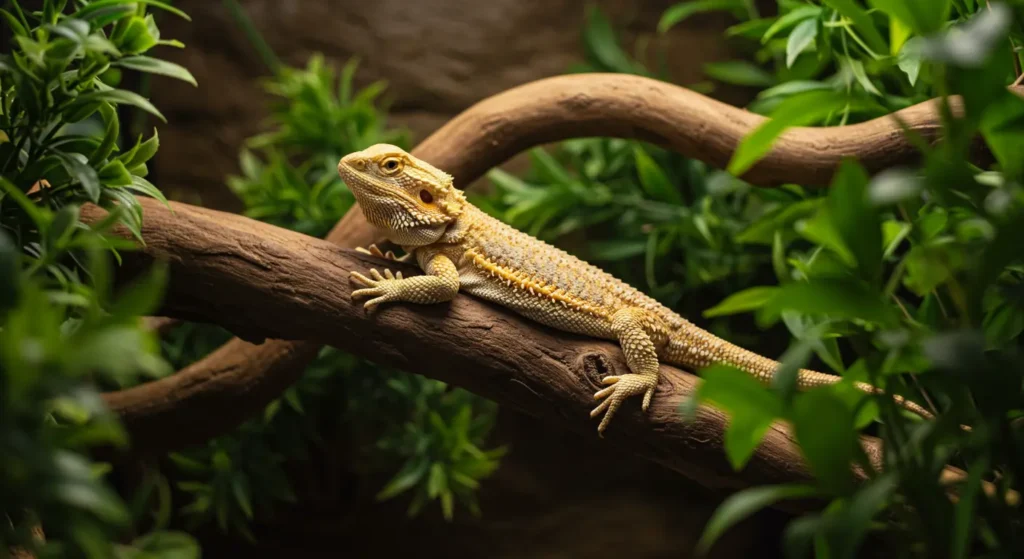
Behavior vs Looks: Does the Morph Influence Temperament?
Many owners wonder if a dragon’s morph affects its personality. While looks vary greatly, temperament is mostly influenced by individual traits and handling. There is no scientific evidence linking specific morphs to behavior differences. However, some breeders report subtle tendencies in certain morphs. Overall, regular socialization and proper care play the biggest roles in shaping a bearded dragon’s temperament. Focusing on personality rather than just appearance leads to a more rewarding pet relationship.
conclusion
Bearded dragon morphs offer an incredible variety of colors, patterns, and traits that make each pet unique. Whether you’re drawn to popular types like the citrus or hypo morph, or fascinated by rare genetic variations such as the zero or paradox morph, understanding these differences is key to choosing the right dragon for you. Remember, factors like rarity, breeding challenges, and care requirements all influence morph prices and your overall experience. By considering your lifestyle and knowledge level, you can select a morph that not only looks amazing but also fits your pet care abilities. Embrace the diversity of bearded dragon morphs, and enjoy the rewarding journey of reptile ownership and breeding.

